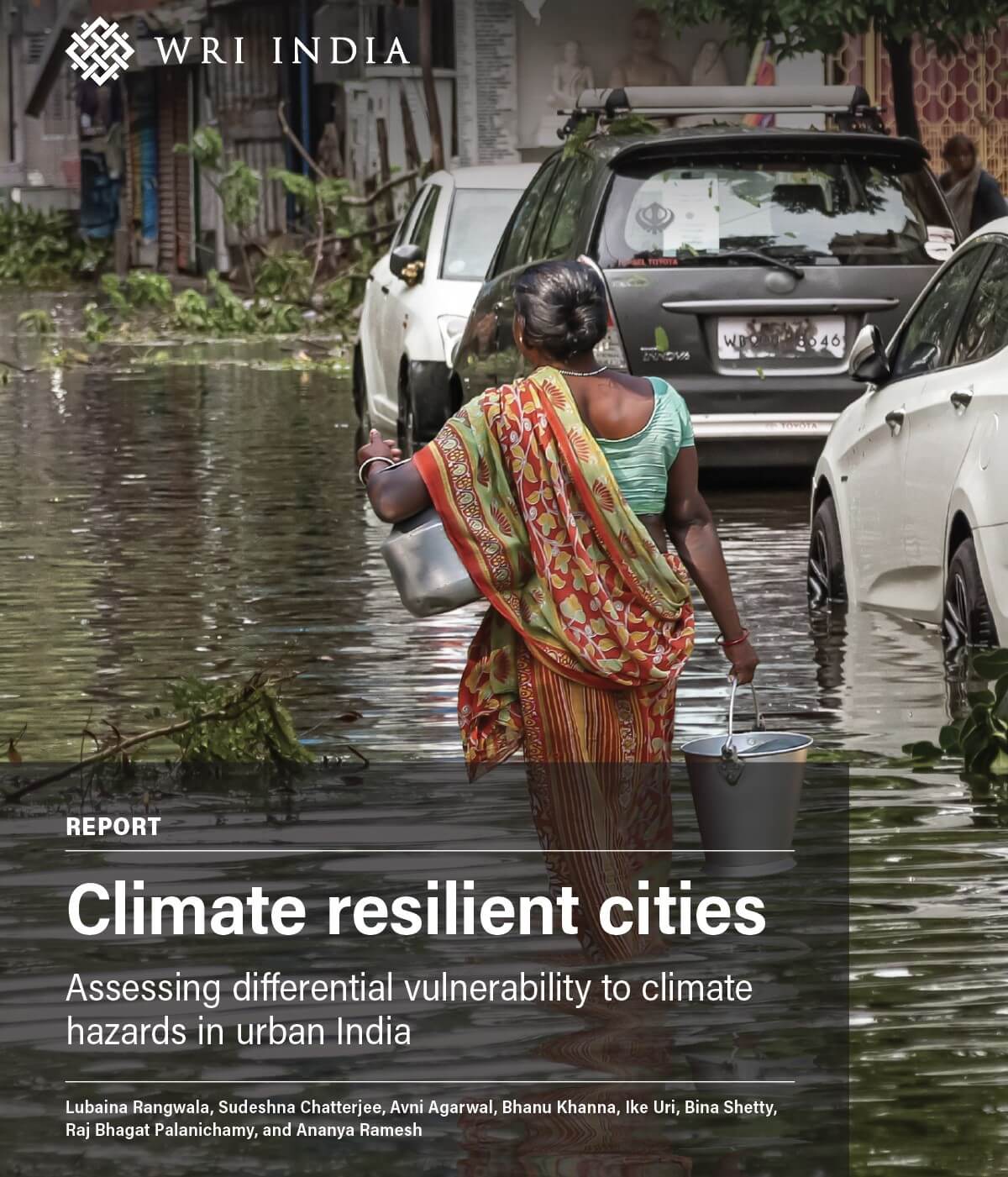Special Economic Zones: An opportunity to double India’s onsite solar capacity
by -
Industrial agglomerations together could support at least 33% of the nation’s 40 GW rooftop solar target. Here’s how.
In 2000, the Indian government introduced industrial parks called Special Economic Zones (SEZs), with the objective of enhancing foreign investment, providing an internationally competitive export-processing environment, and boosting employment generating opportunities. As per the mandate set by the Central Ministry of Commerce and Industry (MoCI), at least 51 percent of SEZ land should be demarcated as ‘processing area’, or core industrial area where manufacturing units are located.
India has 213 operating SEZs today, and considering the mandate, could potentially generate up to 1,080 megawatts (MW) of on-site solar power. This inference is based on nearly two years of field assessments, which have indicated that: a) of the core industrial areas, only 50 percent may comprise the actual factory area (the rest comprising factory infrastructure like roads, sewage systems, etc.); b) of the actual factory area, only 60 percent are already built up and functioning, and; c) of this built up areas, only 35 percent is suitable for on-site solar power.
Ascertaining how much more of this potential can be commercially exploited will need further assessments, but prima facie, the two important influencers are suitability of the roofs and additional regulatory compliances notified in the Coastal Regulation Zone (CRZ) Act for SEZs situated on the coast.
At this juncture, it is important to remember that as on May 2018, India has only 1,211 MW of rooftop solar power installed across all its sectors, a mere 3 percent of its target of 40,000 MW by 2022. With their solar potential, SEZs could help in doubling the installed rooftop solar capacity.
Barriers
In general, rooftop solar installations by commercial and industrial consumers have not shown significant growth, despite their economic viability and potential savings in transmission and distribution losses faced by utilities. The primary reason for this is the reluctance of utilities to let go of higher-paying commercial and industrial consumers, as revenue generated from them helps the utility subsidize low-income consumers. Therefore, utilities employ certain criteria to restrict the size of the rooftop solar projects under net-metering programs that require them to buy excess rooftop solar power. These restrictions may be a cap on the project size, or a limit that is equal to a percentage of the consumer’s connected load, or with respect to the local distribution transformer’s capacity.
Since SEZs host many businesses, a unique situation plays out with respect to on-site solar power. A few (typically large) companies in SEZs need more power than their rooftop solar plants can generate. On the other hand, many medium, small and micro enterprises (MSMEs) in the SEZs can generate rooftop solar power that may exceed their requirements. These MSMEs are unable to fully exploit their rooftop solar potential because of their inability to invest, their relatively lower creditworthiness that poses a problem for private developers, or a cap on the project sizes under net-metering schemes.
Innovative models
If SEZs are to fully exploit their onsite solar potential, it has to be done without affecting the utilities’ revenue streams. Two possibilities to do this exist:
Electricity Regulatory Commissions (ERCs) can remove the capacity restrictions on net-metering programs for SEZs; and approve third party roof leasing models. For example, Orissa removed the 1 MW cap for all stakeholders to save transmission and distribution losses and increase rooftop solar percolation in the state. Maharashtra has also removed the 1 MW cap for textile units.
ERCs can allow private developers to aggregate the rooftop solar power, and sell excess power to larger companies in the industrial park. Currently, such a solar project developer or industrial park developer has to apply to be a deemed distribution licensee for that area. Deemed distribution licensees must source 24x7 power, lay their own distribution infrastructure and serve all consumers at tariffs fixed by the relevant electricity regulatory commissions, under Section 43 of the Electricity Act 2003. These barriers prevent SEZ owners/private developers from exploring any aggregated rooftop solar projects.
Given the declining cost of solar power, ERCs could allow utilities to charge a facilitation cost on every unit of excess power sold in the above models, while keeping the landed cost affordable for consumers. The benefits of such mechanisms could be evaluated by piloting the initiative at one SEZ. The Solar Energy Corporation of India (SECI), which handles bid management and subsidy disbursal to private rooftop solar projects under the SRISTI Scheme, could take the lead on this.
Overall potential of Industrial Agglomerations
Beyond SEZs, India is home to many industrial agglomerations that are set up under various Central and state schemes. Extending the analysis to the currently available data from MoCI, reveals a conservative potential of 13,307-15,247 MW across these agglomerations. This is equal to 33-38 percent of India’s rooftop solar target.

State-wise, Gujarat, Andhra Pradesh, Maharashtra, Odisha, Tamil Nadu, Karnataka, Rajasthan, and Telangana account for 85 percent of the on-site solar potential across all industrial agglomerations. Six of these eight states are on the coast, where additional CRZ compliances are required. Among the agglomerations industrial areas, corridor nodes, parks, estates, regions and SEZs across states, offer a collective solar potential of 87.1 percent. Unlocking this potential would also help create thousands of jobs and boost the nation’s industrial economy.



